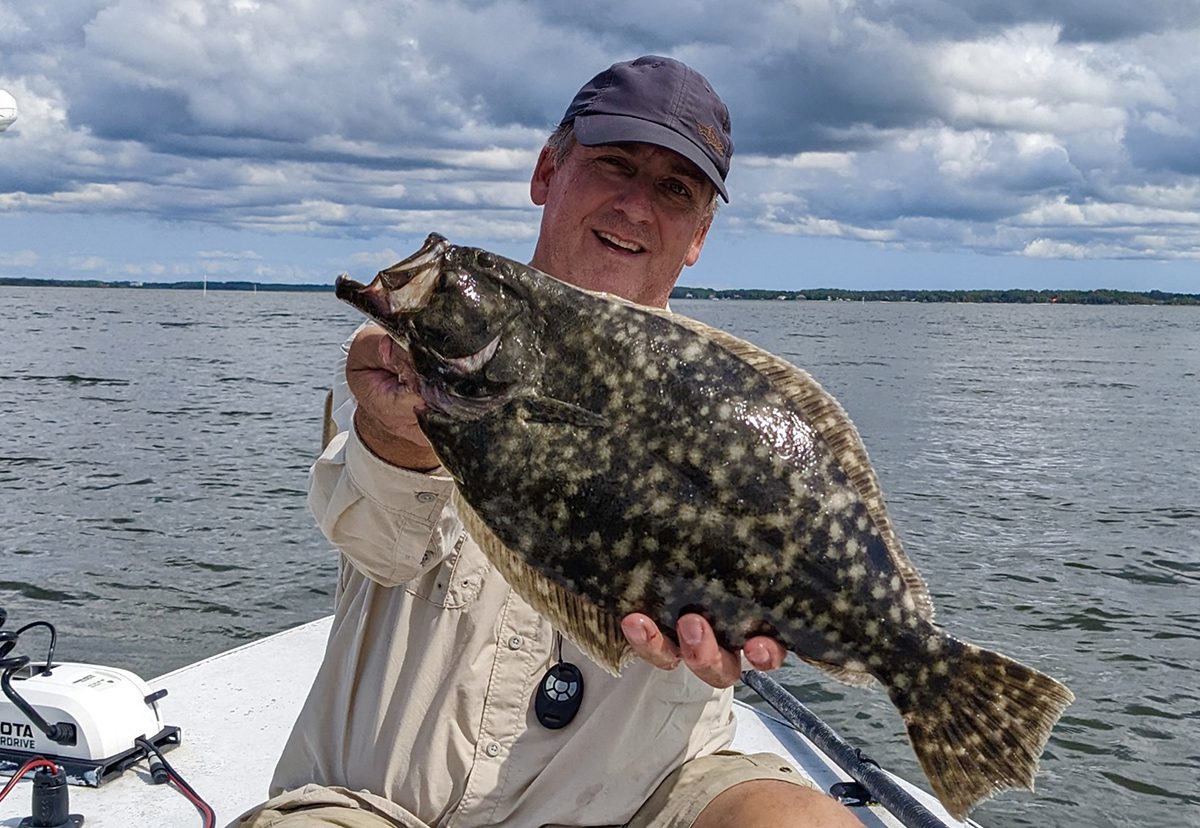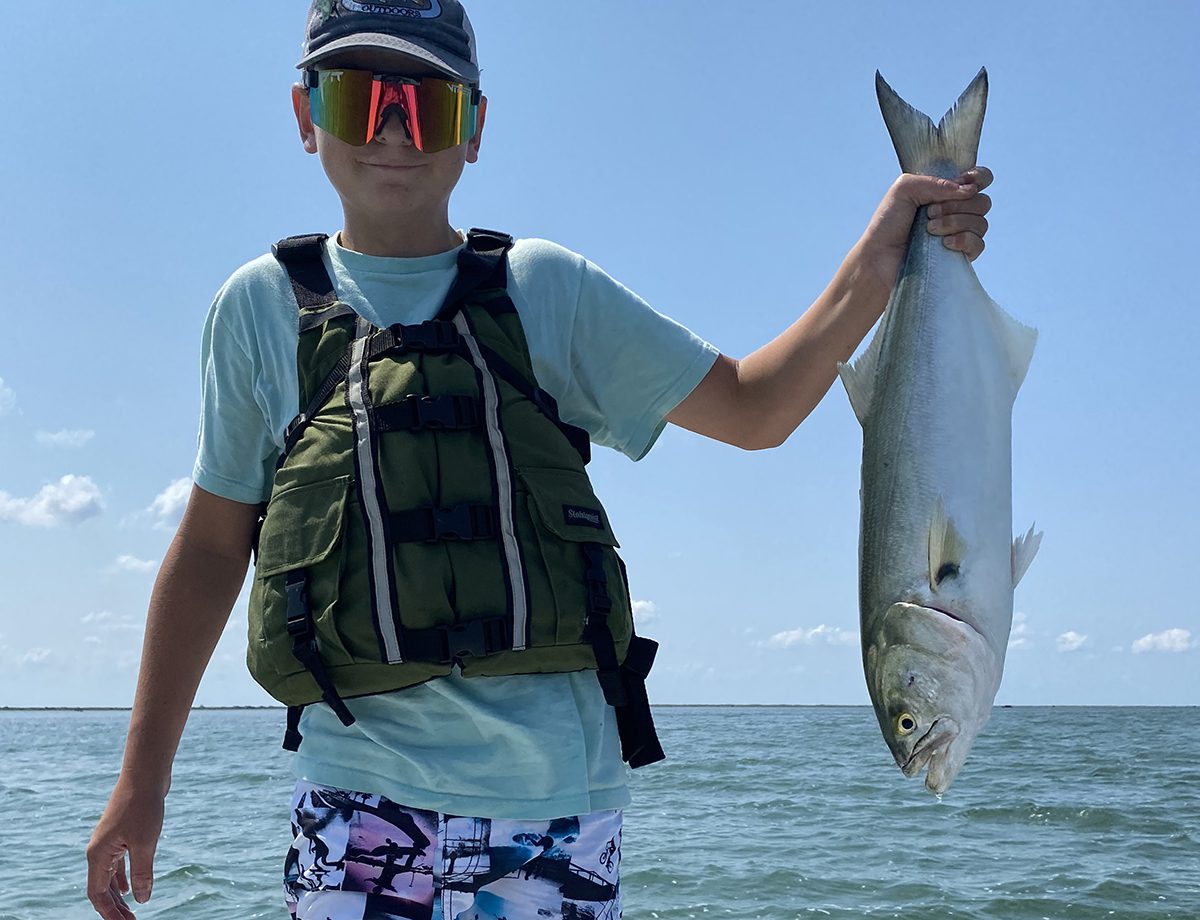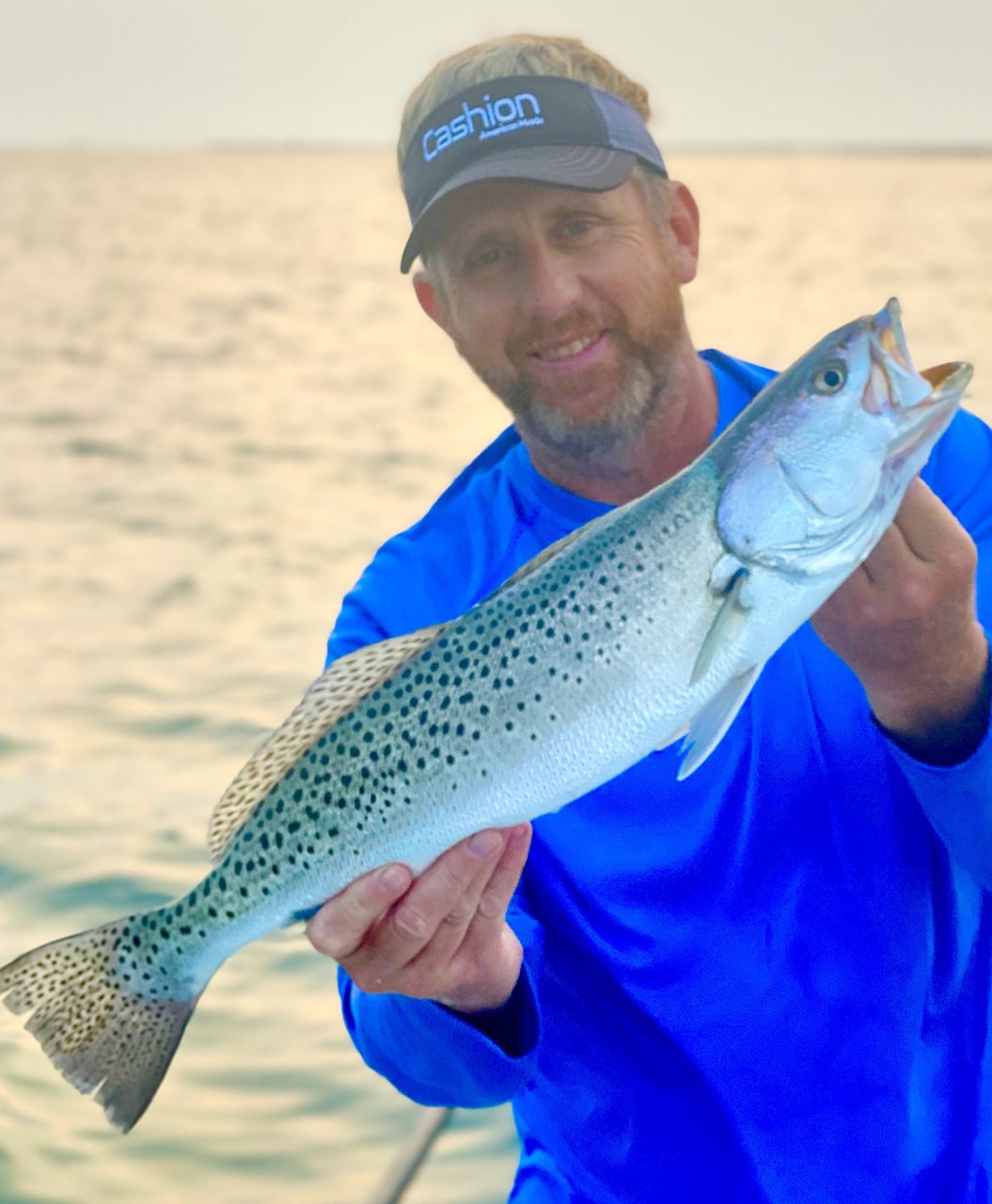
First of three parts.
There are probably as many ways to catch a fish with a hook and a line as there are different species.
Supporter Spotlight
I prefer to use a fly rod most of the time. Casting different lures like plugs, jigs and spoons is very popular. But there is no denying that if the ultimate goal of a day on the water is to bring as many fish to hand as possible, then the number one way to do it is by using living examples of the things the fish actually eat.
Live bait.
It doesn’t just look, smell and move like the real thing, it actually is the real thing.
A live bait on a hook even emits distress vibrations that attract predatory fish. That makes it irresistible and can often result in immediate hookups with the target fish.
Having said that, there are a myriad of bait options out there. As an angler you need to know what fish you are targeting and what types of things they like to eat.
Supporter Spotlight
You can usually buy almost any bait you need at a local bait shop. Part of the excitement however can be catching it before you head out. There are times when doing so can be completely out of the question.
If you want to catch a big trout from the pier in early December, you will need healthy, live shrimp that are extremely difficult, if not impossible, to obtain in our waters at that time. An early call to your local shrimp shop will be needed to reserve and you might need to have your credit card handy to pay the hefty fee. Otherwise, with different bait at different times of the season, you have options.

Except for the aforementioned shrimp, I would bet that a live mullet spends as much time being used for bait as any of the other options combined. They are readily available and seem to swim on the surface all the time so as to present an easy target for capture. Most everything will eat one, including the “glamour” inshore species of trout, flounder and red drum.
The pursuit of mullet means you will have to have a couple things ready and know how to use them. First is a cast net. If you have never seen one in use then you must be new here. They are ubiquitous in coastal waters worldwide and invaluable in the pursuit of small fish that school in shallow water.
The need to practice beforehand should be obvious the first time you see somebody use one who hasn’t. The preferred shape you want to see when the net spreads out on the water is a lovely circle commonly called a “pancake.” This pancake shape gets more and more difficult to achieve as the net diameter increases. Without practice, this shape will oftentimes more resemble a banana than a pancake.
I would suggest starting with a 6-foot diameter. Smaller is effective and bigger starts to get more difficult. Watch some videos. Practice in the yard. Then get out on the water and look for the fast-moving wakes a school of mullet make when streaking just under the surface. First time may not be so great. As you gain proficiency, it will be better.
The next thing you need is something to keep them in. A plain bucket of fresh saltwater will be okay for a quick place to hold them if you are walking a shoreline. But in order to stay alive all day, they will need oxygenation.
Most boats have livewells of some kind. Some work better than others and some don’t work at all. Make sure yours is in proper working order, the water recirculates as it should and the aerator sprays. This keeps the water fresh and your mullet lively.
When shore fishing, you will need to buy a bucket aerator. It’s a small device that is readily available. It consists of a small plastic box that holds the batteries and a small pump and usually has a metal clip that can be used to hang to the side of a bucket. Attached to this will be a couple feet of clear vinyl hose that goes into the water. At the end of the hose will be a small “oxygen stone” that supposedly promotes oxygen into the water but really acts as a weight that keeps the end of the hose where it’s needed instead of flopping all over.
Let me add that you need to have a lid on the bucket because mullet are very good at jumping all over the place.
What do we do with these mullet now that we have them? The short answer is, it depends. Things like target species, water depth, and bottom composition are contributing factors that will determine the methods used.

Deep holes at the mouths of creeks are a good spot to find almost anything. Often there will be a smooth bottom with relatively few obstructions. A Carolina Rig consisting of a hook attached to a heavy monofilament leader attached to a barrel swivel and then tied to your main line will catch whatever swims there and is also a great option for an inlet or along the edge of a drop-off in the surf. A circle hook is often the best option to avoid deep-hooking any undersized fish, due to that style of hook lodging in the corner of the mouth and not getting deep-hooked.
An option to think of when using Carolina Rigs around heavy structure like a reef or wreck is to use a leader line that is lighter than the main line, so when it gets snagged on something, it can be broken off without losing the entire rig. In shallow marsh creeks, the bottom is often full of oyster shells that will steal your entire set up. For these areas it is best to use a popping cork. Attach your hook to a heavy leader and then tie that leader to the bottom of the cork. Once that’s done, tie your main line to the other end.
Cast this rig upstream of you in a creek and as it drifts with the current there is a good chance something will grab it. The bait being suspended off the bottom should prevent it from snagging most of the time.
When you become proficient at catching your own bait, you will then be able to use that information to become better at capturing your ultimate targets too.








